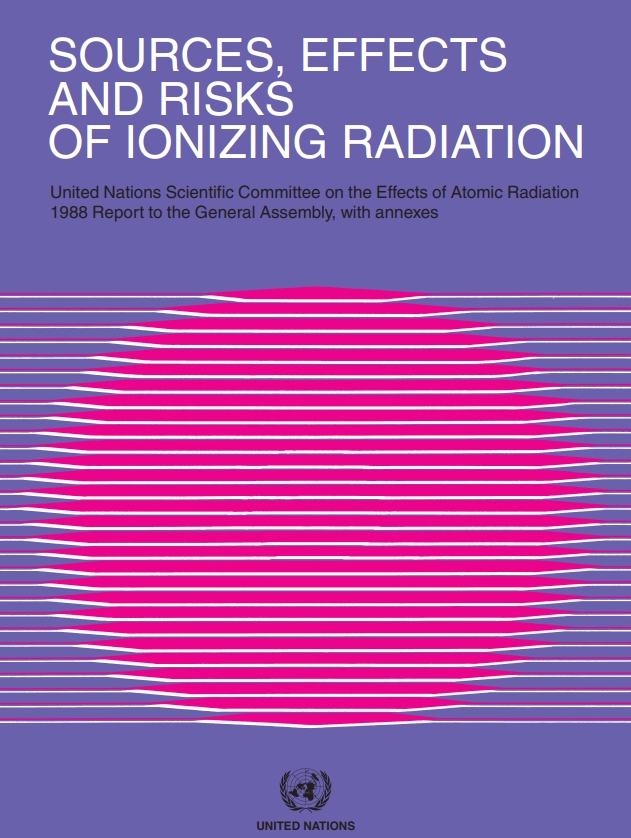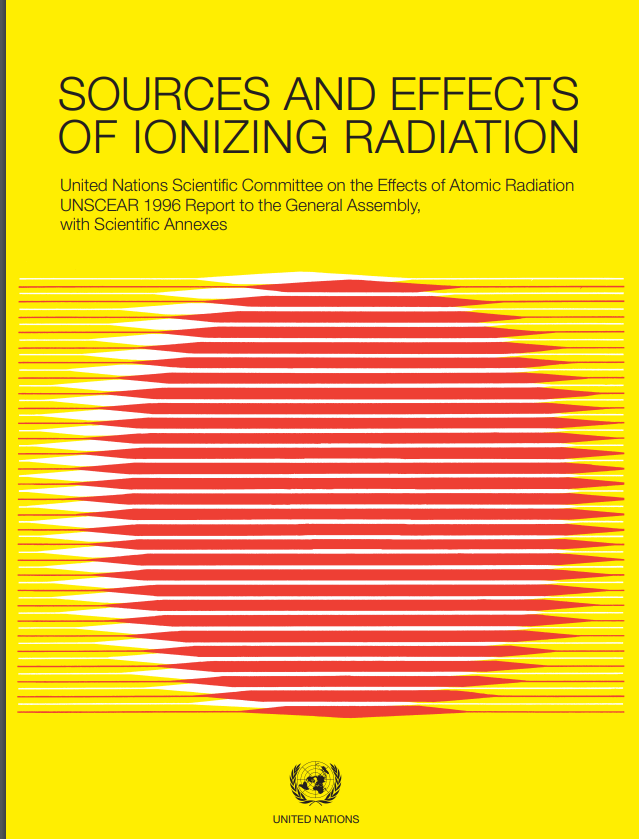EFFECTS OF IONIZING RADIATION United Nations Scientifi c Committee on the Effects of Atomic Radiation UNSCEAR 2006 Report
United Nations Scientific Committee on the Effects of Atomic Radiation- EFFECTS OF IONIZING RADIATION United Nations Scientifi c Committee on the Effects of Atomic Radiation UNSCEAR 2006 Report Volume I Report to the General Assembly Scientifi c Annexes A and B.
Since the creation of the United Nations Scientific Committee on the Effects of Atomic Radiation by the General Assembly in its resolution 913 (X) of 3 December 1955, the mandate of the Committee has been to undertake broad reviews of the sources of ionizing radiation and its effects on human health and the environment. Exposure to radiation occurs from sources such as nuclear weapon testing; natural background radiation; nuclear electricity generation; accidents such as the one at Chernobyl in 1986; occupations that entail increased exposure to man-made or naturally occurring sources; and medical screening, diagnostic and therapeutic procedures. The Committee1 thoroughly reviews and evaluates global and regional exposures to such sources of radiation and the doses that result from them. It evaluates the evidence of radiation-induced health effects from studies of the health of survivors of the atomic bombings of Japan and of other exposed groups. It also reviews advances in understanding of the mechanisms by which radiation-induced health effects can occur. These assessments provide the scientific foundation used, inter alia, by the International Commission on Radiological Protection (ICRP) in developing its recommendations on radiation protection and by the relevant agencies within the United Nations system in formulating International Basic Safety Standards for Protection against Ionizing Radiation and for the Safety of Radiation Sources




